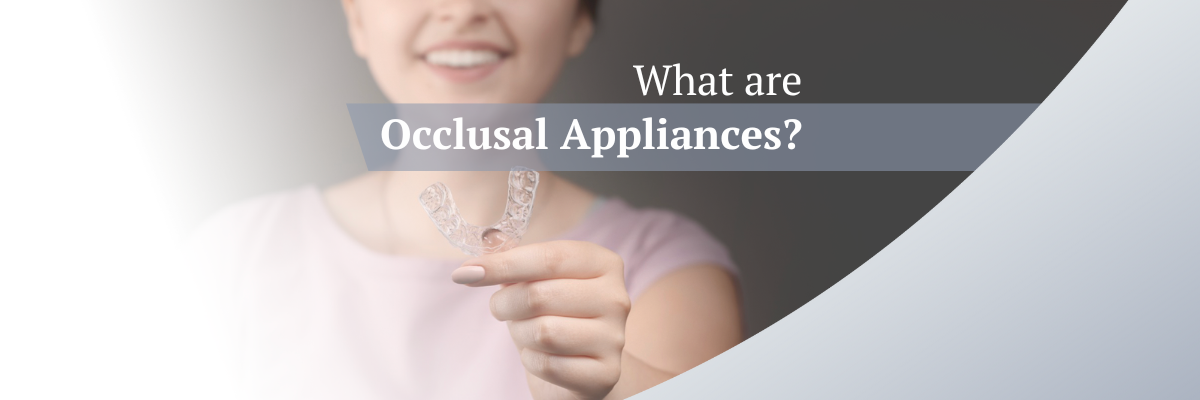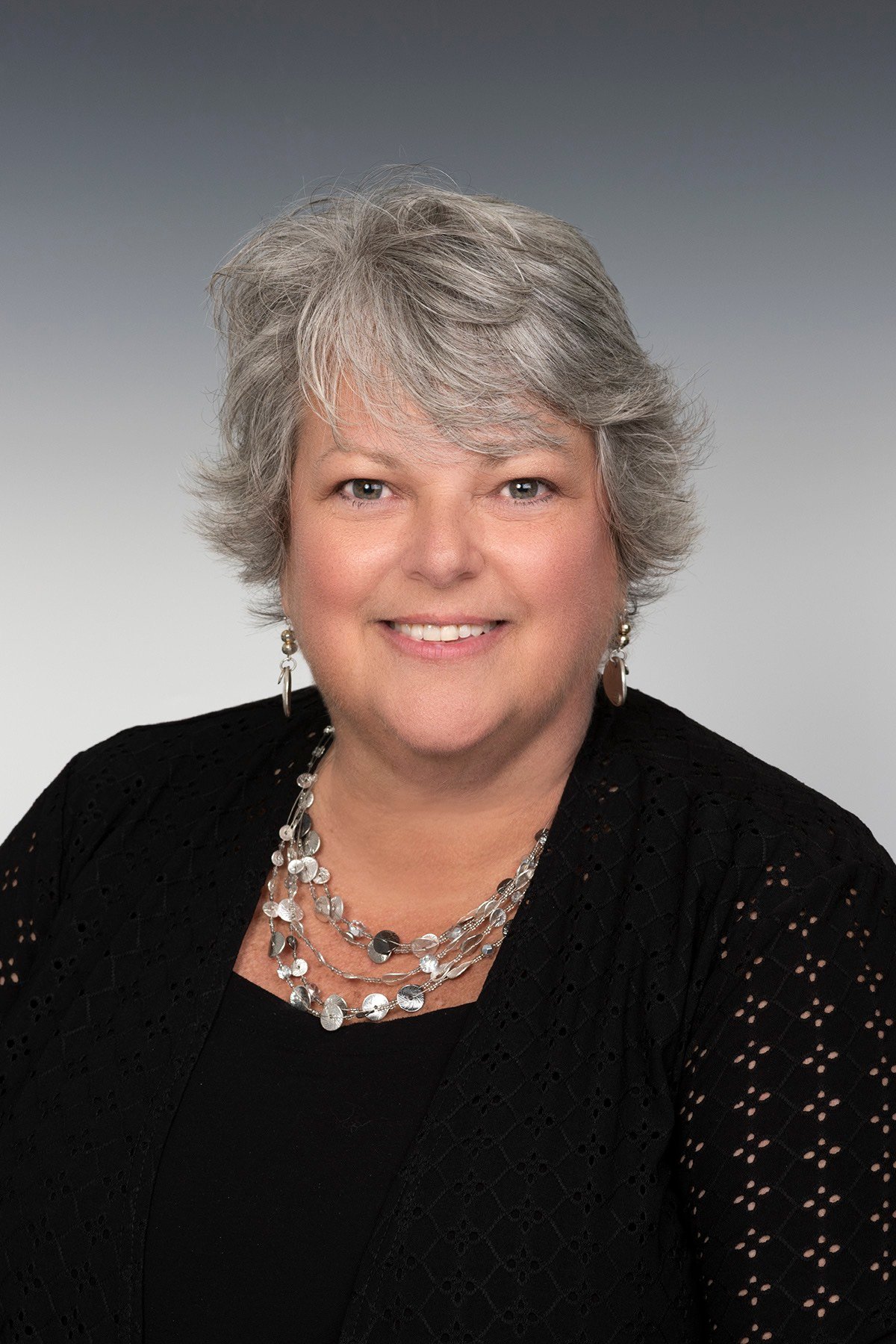Defining CDT Codes: What are occlusal appliances? How to use dental codes for occlusal guard claims


When it comes to CDT codes, we know all too well how many dental professionals feel: Confused.
CDT codes — aka Current Dental Terminology codes — are tedious to memorize, and to make matters worse, they’re updated every year. But accurately coding treatments on dental insurance claims is critical for speedy reimbursement.
That’s why we’re clearing the common confusion surrounding CDT codes related to occlusal appliances. By fully understanding how to document different occlusal appliances, you’ll submit cleaner claims and receive faster reimbursement, leading to a boost in your overall cash flow followed by more consistent payments over time.
We’re happy to share what we hear from The DCS Knowledge Network, our pool of experts who specialize in coding and claim reimbursement. With over 100 experts working with dental teams every day, we see where the confusion lies in the topic of occlusal appliances.
Let’s dive into the purpose of an occlusal guard and the differences, then we’ll discuss the related CDT codes and offer tips on handling them when filing claims.
What's the purpose of an occlusal guard?
A noninvasive treatment available for the common condition bruxism (teeth grinding) and other occlusal-related conditions is an oral appliance referred to as an occlusal guard, popularly labeled night guard or nite guard.
An occlusal guard protects the teeth from an occlusal factor such as bruxism. Wearing an occlusal guard can prevent further damage, such as the wear or fracture of natural teeth that can occur as a result of clenching and grinding.
Occlusal guards also prevent damage to crown and bridge restorations, as well as aid in reducing the uncomfortable, sometimes painful symptoms of bruxism.
What’s the difference between hard and soft occlusal appliances?
The patient’s condition may be minimal or mild to severe. Some patients may only clench their teeth or only grind their teeth, while others may do both!
The severity of the patient’s condition often dictates the type of appliance therapy required — that is, whether the appliance is fabricated from a soft or hard acrylic material.
A soft appliance is pliable and flexes in the mouth, while a hard appliance is rigid and does not flex or bend.
A hard appliance may be fabricated with an added soft liner that provides comfort for the patient, though it plays no role in the therapeutic effects of treatment. Therefore, this type of appliance is considered a hard occlusal guard. An occlusal guard may cover the entire arch or a partial arch.
A hard appliance covering a partial arch may be referred to as an NTI-type appliance or an anterior deprogrammer. An occlusal appliance is not used to treat temporomandibular disorders (TMD), but rather occlusal factors that may contribute to the symptoms.
Clinical documentation of CDT codes regarding occlusal appliances
You’ll choose the code based on whether the appliance is soft or hard, and whether it covers a full or partial arch. The current CDT codes to be used to document occlusal guards are as follows…
D9944 occlusal guard – hard appliance, full arch
Removable dental appliance designed to minimize the effects of bruxism or other occlusal factors. Not to be reported for any type of sleep apnea, snoring, or TMD appliances.
D9945 occlusal guard – soft appliance, full arch
Removable dental appliance designed to minimize the effects of bruxism or other occlusal factors. Not to be reported for any type of sleep apnea, snoring, or TMD appliances.
D9946 occlusal guard – hard appliance, partial arch
Removable dental appliance designed to minimize the effects of bruxism or other occlusal factors. Provides only partial occlusal coverage, such as anterior deprogrammer. Not to be reported for any type of sleep apnea, snoring, or TMD appliances.
You’ll note that occlusal guard codes are not to be used to document and report a sleep or snoring appliance. Appliances to treat TMD are not occlusal guards, and are appropriately documented and reported using CDT code D7880.
Now that you know the codes, let’s talk about how to get quick reimbursement on claims that have these codes attached to them.
Related: Why attachments are important in dental insurance claims
Dental plan reimbursement of occlusal appliances
Does medical insurance pay for occlusal appliances?
Possibly. Coverage for occlusal guards under a patient’s medical plan varies greatly. However, there may be coverage when the patient’s condition being treated meets the medical necessity requirements of the patient’s plan.
Many dental plans exclude coverage for occlusal guards, regardless of the reason. However, some dental plans allow coverage only for a diagnosis of bruxism, while others allow coverage only for what is known as a perio guard placed within 6 months following osseous surgery.
When filing the claim, always include a narrative with the diagnosis, including—
- Why the occlusal guard is required
- What condition is being treated
Related: Medical claims vs dental claims in dental billing
It’s advisable to verify occlusal guard coverage prior to initiating treatment. Contact the medical payer to determine coverages under the patient’s plan. When verifying coverage, be sure to have the appropriate procedure code and ICD-10-CM diagnosis code(s) available.
Code confidently with RCM experts who have your back
We understand CDT codes are confusing — dental insurance never makes anything simple. But your revenue and the continued success of your dental business depend on these codes being used correctly. An incorrect code leads to quick dental insurance claim denials, or even accusations of insurance fraud.
Now that you’ve read this article, you’re clear on how to code different occlusal appliances. But what about the other CDT codes?
When you partner with DCS and plug into our DCS Knowledge Network, we help your team understand and properly document these codes on insurance claims. With our expertise supporting you, you’ll feel confident coding and getting the cash flow you deserve.
Get our full revenue cycle management services and stop stressing about the curveballs insurance throws your way: Book a free 30-minute call with an expert at DCS.
Related Posts
Dental revenue resources from Dental Claim Support


